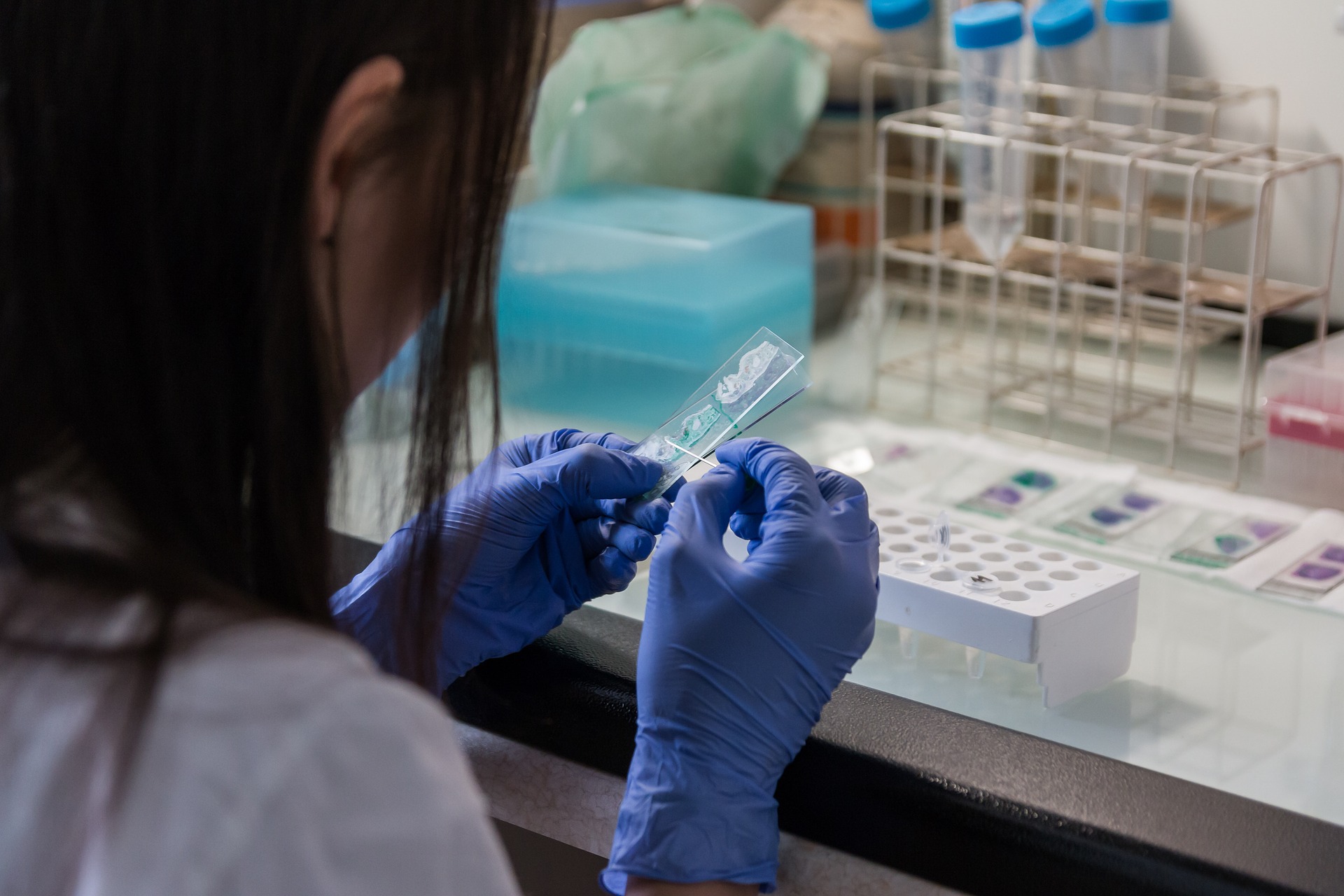This post is also available in Dutch.
After reports in the Dutch media of a new blood test to diagnose Alzheimer’s disease, it’s time to take a closer look at recent developments in the field.
A few weeks ago, it was announced in the Dutch media that, thanks to a new blood test, Alzheimer’s disease could soon be detected earlier. This is just one example of research to develop simpler and cheaper tests to diagnose brain disorders such as Alzheimer’s at an earlier stage. Scientists are also working on developing tests to detect Alzheimer’s and similar diseases by measuring compounds in exhaled air.
The results of these studies are generally presented as very promising, with the potential to completely change the diagnosis of certain diseases in the future. Compared to current standard procedures, these new detection techniques are said to be cheaper, less unpleasant, and efficient, but are they really? Moreover, are those tests reliable and better than the ones used now?
How do the various new diagnostic tests work?
To answer these questions, we first have to understand how these new diagnostic tests work. The idea behind all these tools is very similar: they test for the presence of one or multiple compounds, which accumulate in the brain of Alzheimer’s patients, but also end up in the blood stream and even exhaled air. As there are specific changes in the concentration of those compounds occurring when a person develops Alzheimer’s, it is possible to identify individuals suffering from this disease based on how much of each compound is present in the sample taken. Scientific reports of various tests show that healthy people and Alzheimer’s patients can be distinguished with high precision.
So what are these substances that are detected by the new diagnostic tests and in what way are they related to Alzheimer’s? Most diagnostic tests focus on two proteins. Those are the amyloid-? peptide and the tau protein. Amyloid-? peptide is a substance that is believed to cause the disease by disrupting certain functions in the brain when accumulating over time. In addition, there is often accumulation of an abnormal version of the tau protein. While the normal tau protein is playing a role in modulating the stability of certain cell structures in healthy brain cells, the abnormal form has toxic properties and can damage the brain cells.
Are the new tests really better than current ones?
Even though accumulation of these two proteins is frequently present in Alzheimer’s patients, there are also some patients who do not show any protein accumulation. Additionally, some healthy elderly people, not suffering from dementia, show accumulation of the two proteins as well. This is why Alzheimer’s is usually diagnosed using multiple tests (including cognitive tests, physical tests and blood tests) to rule out other diseases, aside from using an (often painful) lumbar puncture to show the amyloid-? and tau protein accumulation.
So the current standard diagnosis goes much further than just testing for substances indicating the disease. It is important to realize that all the new diagnostic tools that are developed at the moment are not an adequate replacement for the whole battery of tests, but have the potential to replace the unpleasant lumbar puncture. Therefore, the picture painted in the media, that the new blood test will make diagnosis of Alzheimer’s much simpler and faster is a bit overstated. Still, the new blood and breath sample tests seem to perform well in detecting markers for Alzheimer’s and so there is some progress in making diagnosis of Alzheimer’s simpler!
Unfortunately, this does not necessarily mean that those tests will be used in broad screenings for detecting Alzheimer’s at an earlier stage or that they will have an impact on the treatment of the disease. Even though some media has claimed that, with this new advancement, a treatment for Alzheimer’s is closer, only the future can tell what the real benefit of these new diagnostic tests will be.
Written by Eva, and edited by Annelies and Monica.
Image courtesy of Pixabay (CC0).
